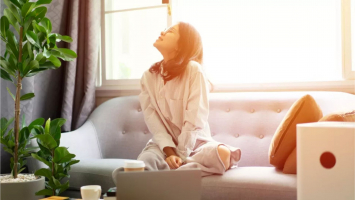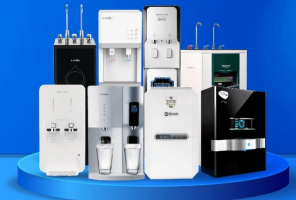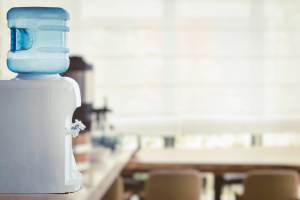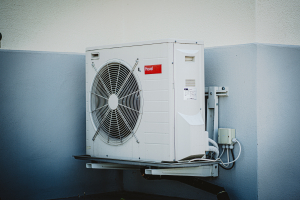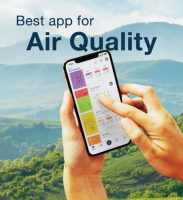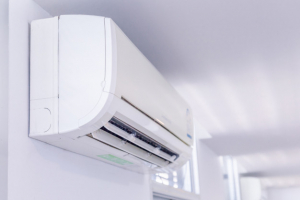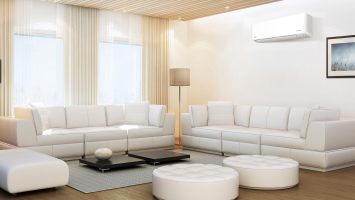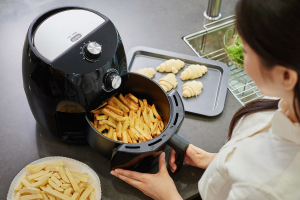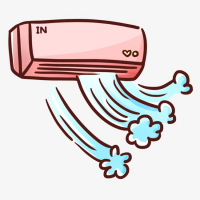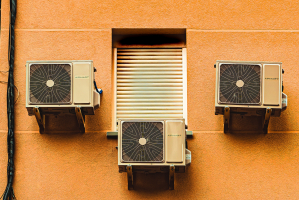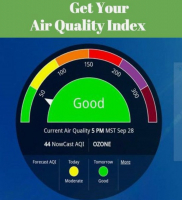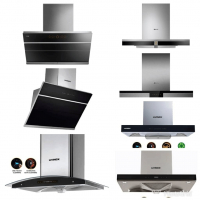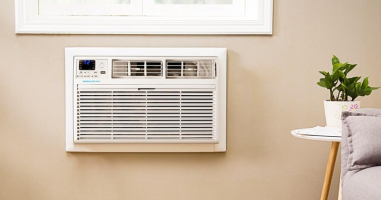Top 9 Air Purifier Buying Tips
Indoor air is frequently more contaminated than outdoor air. Because we spend the majority of our time inside, our exposure to poor indoor air quality puts us ... read more...at risk for a variety of illnesses. Using an air purifier will aid in the creation of cleaner, healthier air in your home or office. We've put together a guide to help you sort through the options and choose the finest air purifier.
-
Consider the square footage of the room you wish to filter when selecting the proper size air purifier for your needs.
Looking at "air changes per hour" is one technique to determine the greatest fit. This measure may be mentioned in the specifications of your air purifier. It can help you grasp how filtration works in practice because a smaller air purifier can spin the air in a 350-square-foot room eight times per hour but only four times per hour in a 700-square-foot space.
You can also compare clean air delivery rates (CADR), which we will discuss further below.
If you're not sure how much room you'll need to clean, it's probably a good idea to acquire a larger air purifier than you think you'll need, as long as it's within your budget.
Use these guides to find an air purifier that fit your room size:
- Small: Personal space or rooms up to 299 square feet.
- Medium: Rooms between 300 and 699 square feet.
- Large: Rooms between 700 and 1,900 square feet.
- Whole-House: Whole-house models.
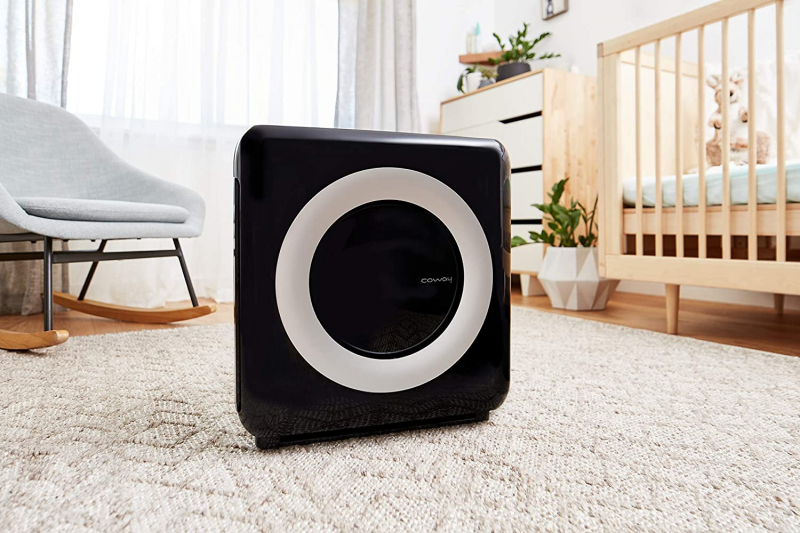
Choosing the right air purifier for your room size (photo: Amazon) 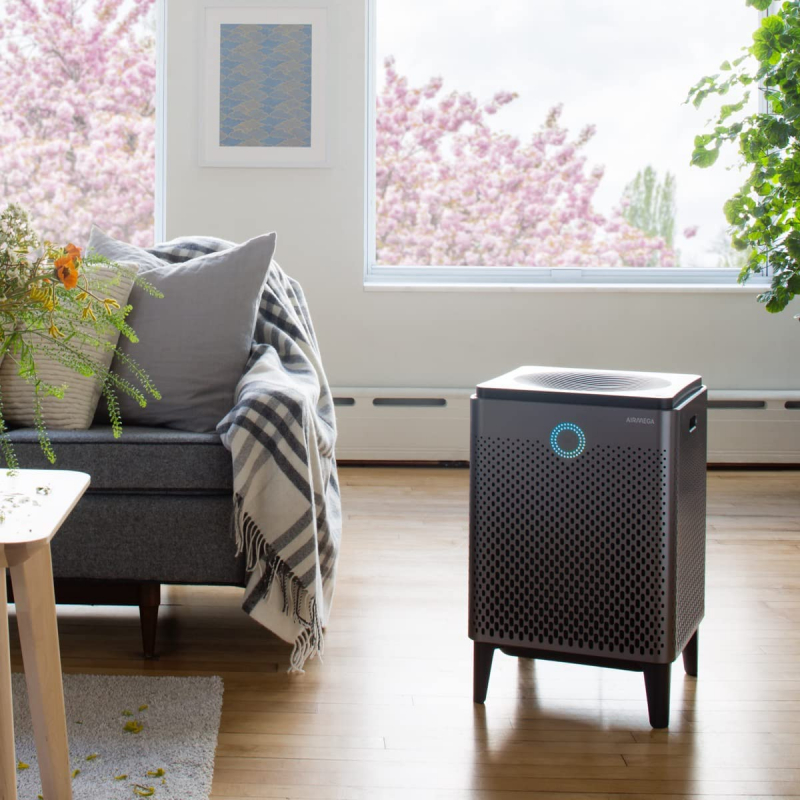
Choosing the right air purifier for your room size (photo: Amazon) -
Some air purifiers are better than others at filtering out specific types of pollutants. If your major issue is cigarette smoke, for example, you may want a different gadget than someone who lives with a zoo's worth of pets.
Air purifiers are graded depending on how well they filter various pollutant sizes. While most air purifiers are similar in design, some are significantly more successful at capturing dust and dander than smoke.
If scents are an issue, look for a purifier with an activated carbon filter, such as the Coway Airmega 400. Or if you want to improve your overall air quality, search for a purifier that performs well across the board, like the Coway AP-1512HH.
Link:
- Coway Airmega 400: https://www.amazon.com/AIRMEGA-Smarter-Purifier-Covers-1560/dp/B01C9RIACG
- Coway AP-1512HH: https://www.amazon.com/Coway-AP-1512HH-Mighty-Purifier-True/dp/B00BTKAPUU
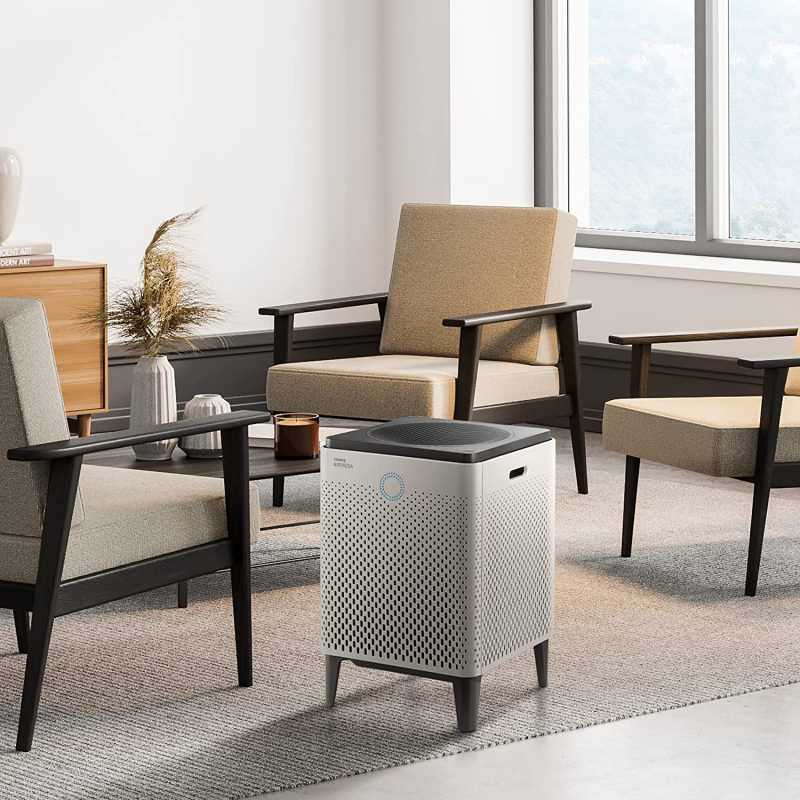
The types of pollutants filtered out by air purifiers (photo: Amazon) 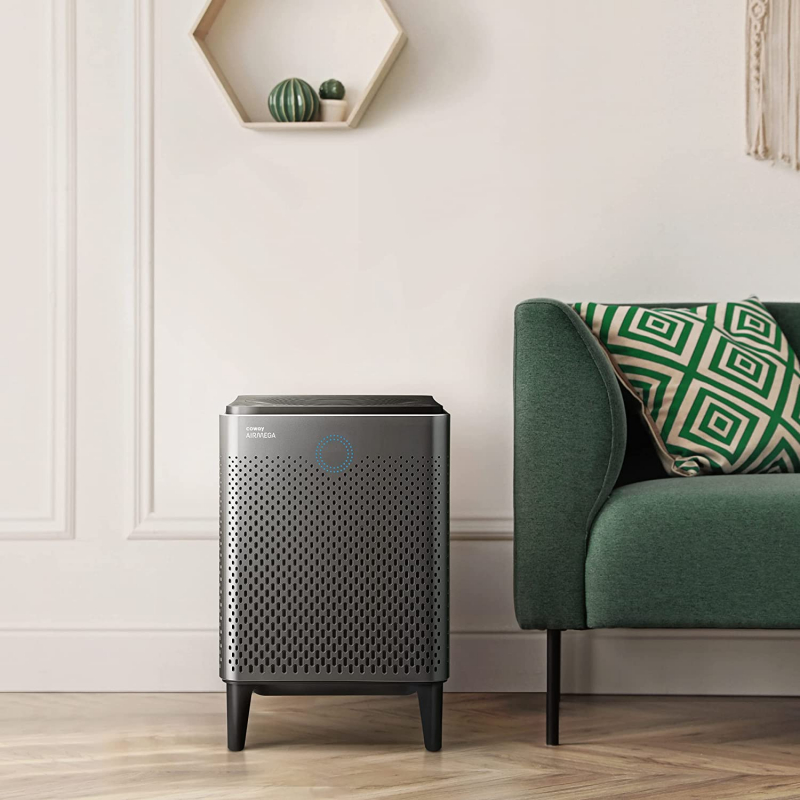
The types of pollutants filtered out by air purifiers (photo: Amazon) -
Most air purifiers are labeled with a clean air delivery CADR rating, a metric devised by the Association of Home Appliance Manufacturers (AHAM) that informs consumers about how successful a device is at filtering various particles in specific room sizes.
The higher the number, the more particles the air purifier can remove and the larger the room the device may properly be anticipated to clean.
Some air purifiers have a single CADR rating, whilst others have separate CADR ratings for smoke and related small particles, dust, pollen, and similarly large particles.
Also, keep in mind that the CADR rating of an air purifier reflects the best-case situation. These figures are derived from controlled testing conditions. Variables in your home, like drafts or humidity, may prohibit your air purifier from performing to its full potential.
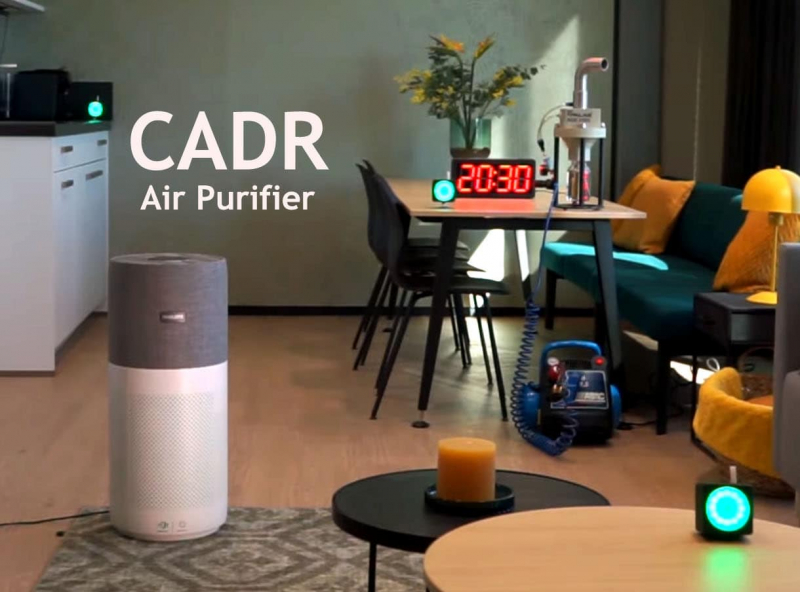
What an air purifier's CADR rating means (photo: https://www.kitchenarena.in/) 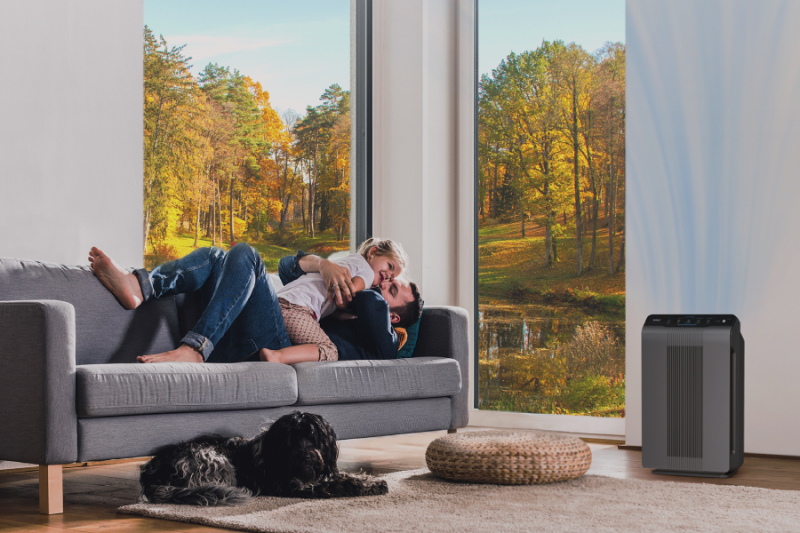
What an air purifier's CADR rating means (photo: https://www.winixamerica.com/) -
Your air purifier most likely has two of these filters: a prefilter for big particles like pet hair and a primary filter for lesser pollutants.
The most common sort of maintenance required for air purifiers is the replacement of air filters. How frequently should you change them?
- HEPA Filters: Depending on usage, HEPA filters last roughly a year.
- Carbon Filters: Activated carbon filters typically have a lifespan of 6 months.
- Pre-filters: Pre-filters typically last three months, however, some are washable for long-term filtering.
Other types of air purifiers filter the air and remove bacteria and allergens by using heat or UV light. For your convenience, these models never require filter refills.
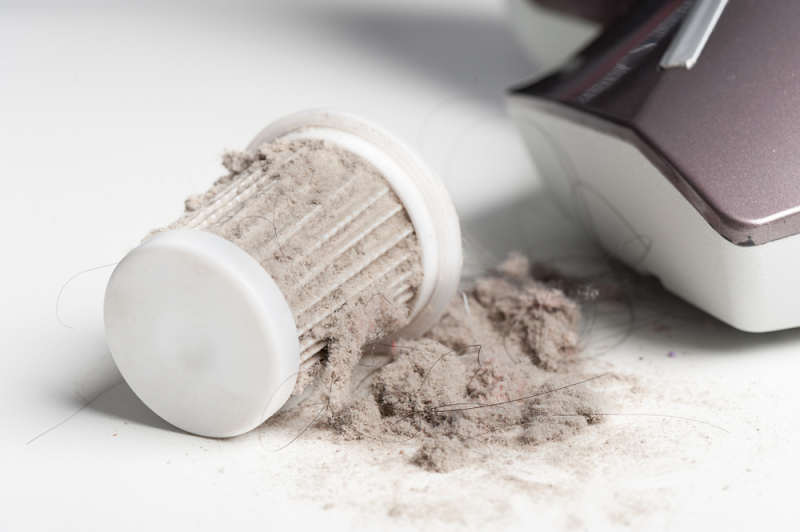
HEPA Filter (photo: https://molekule.science/) 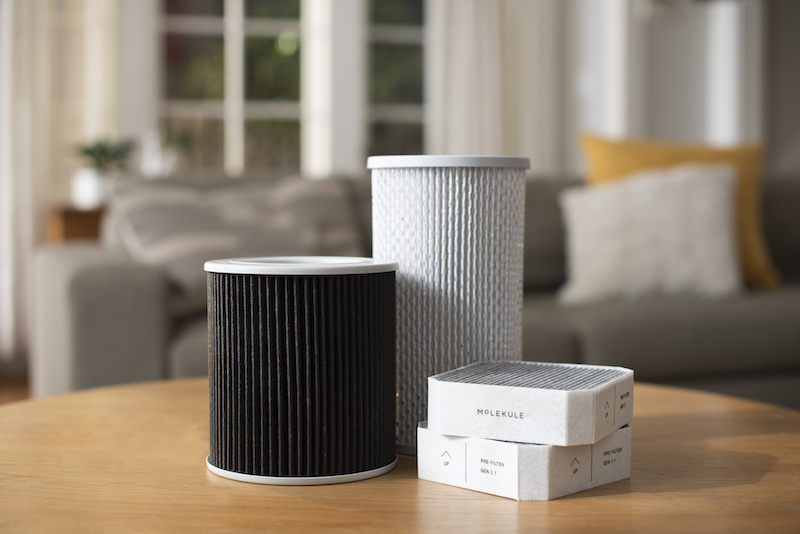
Carbon Filter (photo: https://molekule.science/) - HEPA Filters: Depending on usage, HEPA filters last roughly a year.
-
Internal fans in most air purifiers draw air through a series of filters. Some of these fans are virtually silent, especially when set at low speeds. When you turn them up, they generate a humming sound.
Finding the proper purifier with the right decibel level can be difficult when noise is assessed by both the product's sound pressure and sound power. A normal discussion has a sound pressure rating of 60dB, however, the sound power is 70dB. The sound pressure scale is lower than the sound power scale, and you must know which decibel you are purchasing to have the quietest air purifier possible.
If you're going to use your air purifier in a bedroom or baby's room, for example, you might want to go for one that's pretty quiet even at higher speeds.
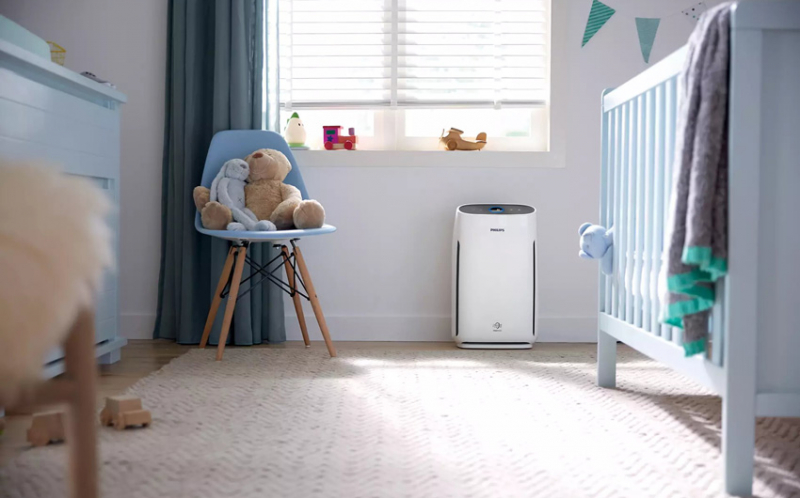
How much noise do air purifiers make? (photo: https://www.beautifulhomes.com/) 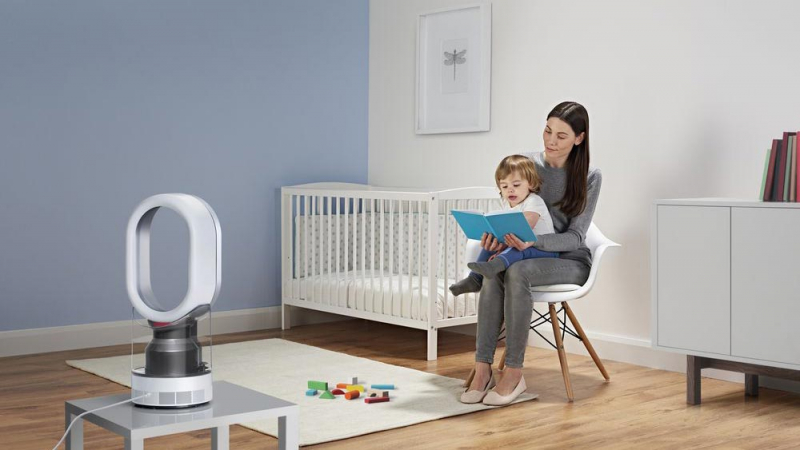
How much noise do air purifiers make? (photo: https://www.tomsguide.com/) -
The larger and heavier air purifiers are best kept stationary, while some are portable and come with casters. Look for a smaller device or one that rolls if you want to use your air purifier in your home office during the day, your living room at night, and your bedroom at night.
As previously said, the size of an air purifier is inversely proportional to the size of the area it can successfully clean, so the greatest selection for your nursery is unlikely to be the best choice for a family room three or four times larger.
If you want one air purifier to cover your entire home, you'll need to strike a balance between size and portability.
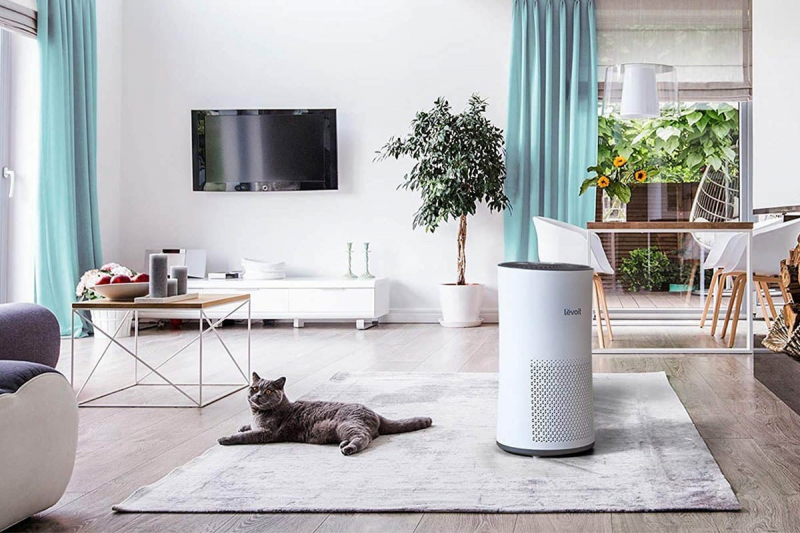
How portable are air purifiers? (photo: https://www.bobvila.com/) 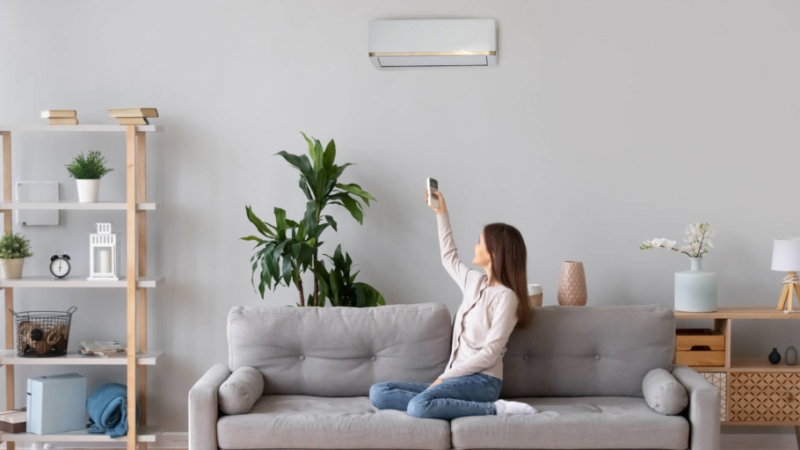
How portable are air purifiers? (photo: https://www.howtohome.com/) -
If you're on a tight budget, the upfront cost of your air purifier is important, but don't assume you'll be done paying for it after you've installed it in your home. You will need to replace the filters regularly.
The cost of replacing a filter varies depending on the machine: Some have pricey filters that last for years, while others have inexpensive filters that must be changed frequently. Furthermore, while some of the prefilters can be washed, the HEPA filters themselves are disposable and must be replaced fully.
Before purchasing an air purifier, calculate the cost of maintenance each year and compare it to the cost of any other air-purification device you are considering.
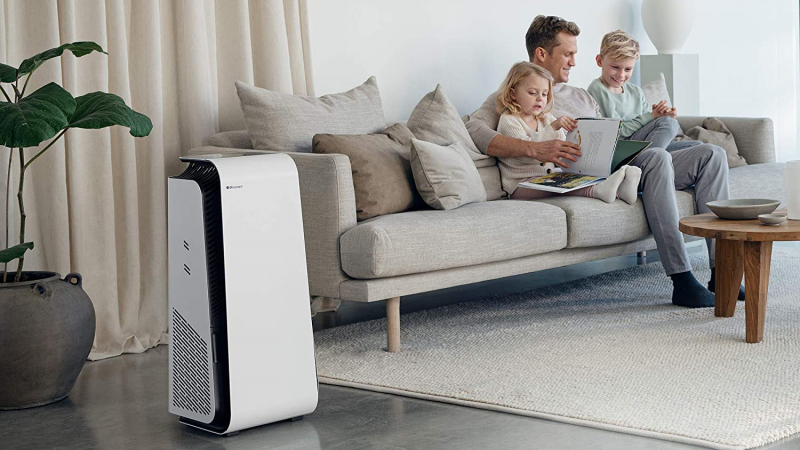
Air purifier maintenance costs (photo: https://www.t3.com/) 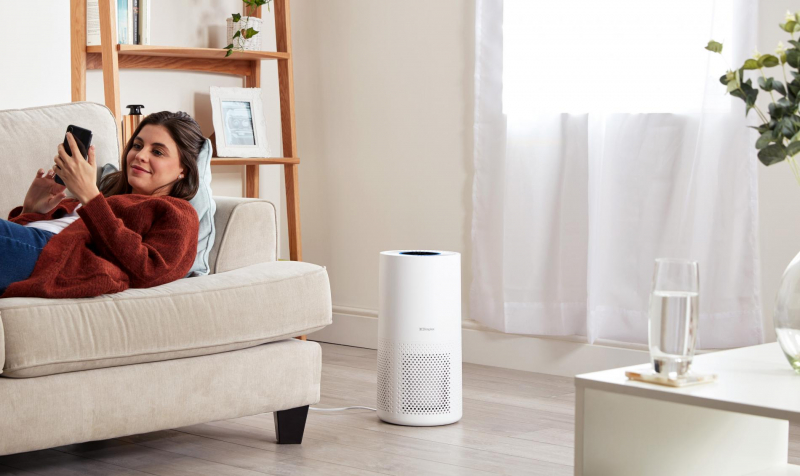
Air purifier maintenance costs (photo: http://canerofset.com/) -
Electricity powers air purifiers. We must consider the power usage of air purifiers, just as we would any other electric item.
It is advised that an air purifier be turned on 24 hours a day. That appears to be quite a lot, especially when viewed through the lens of an electric bill.
Fortunately, air purifiers don't consume a lot of power. They have a maximum wattage ranging from 40W to 200W (even the largest ones top out at 100W) at the highest speed settings. You can simply run an air purifier on a lower power setting of 10-30 watts.
In short, most air purifiers that run continuously cost between $0.05 and $1.00 each day. That equates to $0.35 to $7.00 per week.
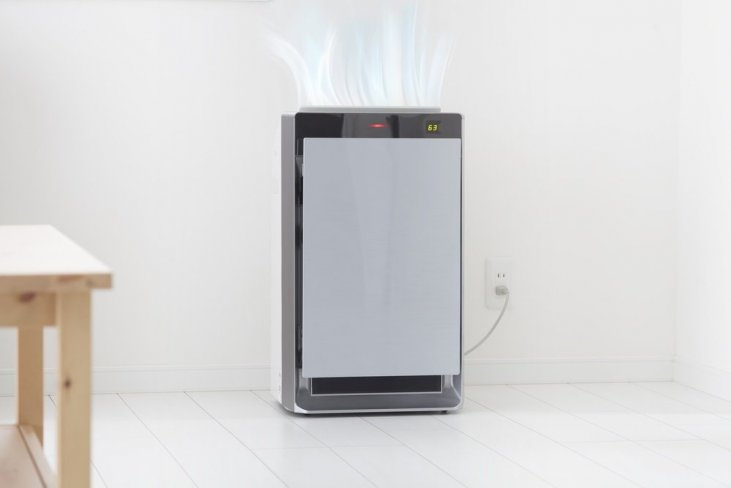
The energy efficiency of air purifiers (photo: https://www.homeselfe.com/) 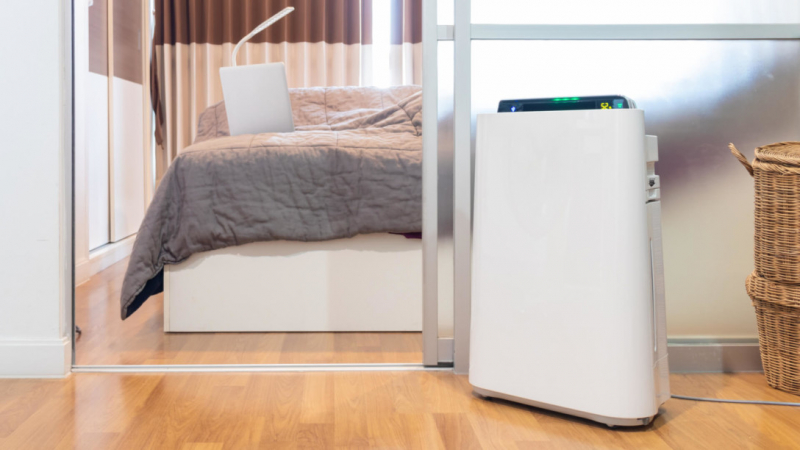
The energy efficiency of air purifiers (photo: https://www.howtohome.com/) -
Some air purifiers include extra functions that make them more attractive to customers. These features could be:
- Filter-replacement warning light.
- Options for dimming and turning off the display.
- Timer with programmability.
- Unit of remote control.
- Intelligent features (digital assistant and/or app integration)
These features may offer a little convenience to an air purifier, but they're not worth paying a lot more for. As an example of what these capabilities can achieve, you may create a calendar reminder to change your air filter based on the maintenance plan of your air purifier.
However, if your money is a concern, we would recommend emphasizing other factors.
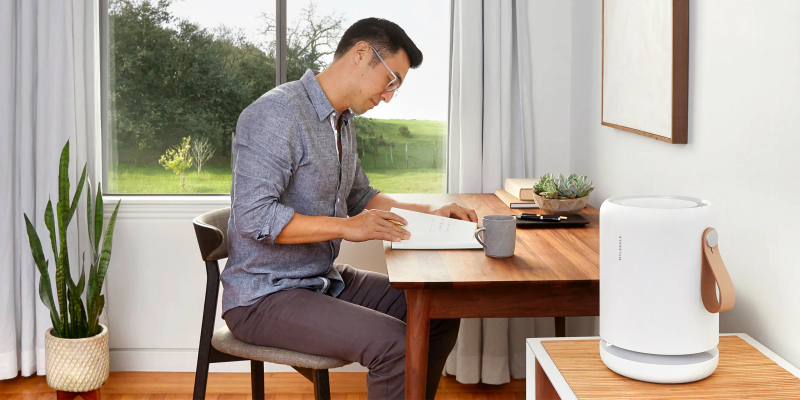
Bonus features on air purifiers (photo: https://www.nbcnews.com/) 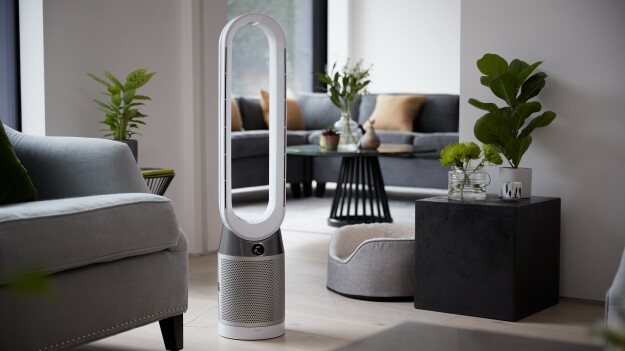
Bonus features on air purifiers (photo: https://www.pcmag.com/)











